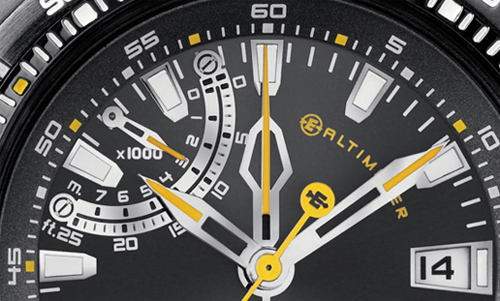This year, I took two watches around the world. On international trips from Iceland to Nepal, watches from Suunto and Timex served as ever-ready, wrist-mounted gauges. Time, weather, direction, heart rate, and altitude were among the read-outs on my wrist as I pushed through wilderness and to mountain peaks.

By far, the Suunto Vector HR watch was the most useful of the tested two. It has tools for outdoor adventures and physical conditioning. Time, altimeter, and heart-rate are the main three functions I use on the Suunto. It also has a barometer to monitor weather, a digital compass, and other tools.
A heart-rate monitor strap is included in the Suunto box. You wear it during workouts, and your heart’s beats-per-minute are displayed in real-time on the watch face.

In my tests, the Suunto watch (www.suunto.com) never skipped a beat. Its functions were accurate, and its rugged build has kept the watch looking new after much abuse.
I’ve used it around the globe this year — including up past 18,000 feet in Nepal — as well as almost daily at home during bike training and workout runs.
There are no scratches. I haven’t even had to change a battery, despite near-daily use for more than six months straight.

One downfall: The Suunto’s alarm is too quiet. More than once, the tiny beep has failed to wake me when I was depending on it to get out of a sleeping bag for an early start.









